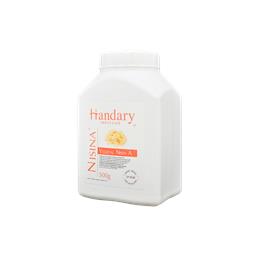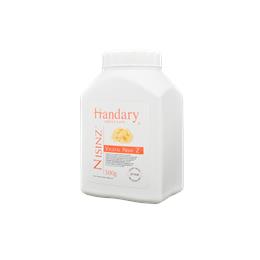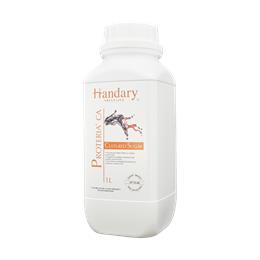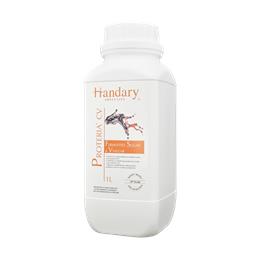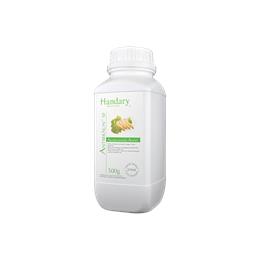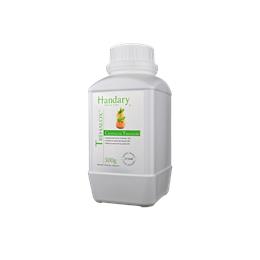Description
Raw fish and seafood are a popular delicacy in many parts of the world, especially in Japan and other Asian countries. They are often used in sushi, sashimi, ceviche, and other dishes. However, consuming raw fish and seafood carries a risk of foodborne illness, especially if the fish is not properly handled and prepared.
Raw fish and seafood can be contaminated with harmful bacteria, viruses, and parasites such as E.Coli, Salmonella etc but there could also be oxidation problems. To reduce the risk of foodborne illness, it is important to handle and prepare raw fish and seafood safely. This includes purchasing from reputable sources, storing at the correct temperature, and following proper hygiene and sanitation practices during preparation.
Lactic Acid Bacteria
Lactic Acid Bacteria (LAB) are a group of bacteria that produce lactic acid as the major end product of carbohydrate metaolism. LAB are commonly found in fermented foods such as yogurt, cheese, sauerkraut, and pickles. They are also present in raw fish and seafood.
In raw fish and seafood, LAB play an important role in the spoilage process, which can result in off-flavors, odors, and textures. The presence of LAB in raw fish and seafood is influenced by several factors, including the type of fish or seafood, the storage temperature, and the presence of other microorganisms. To reduce the risk of foodborne illness from raw fish and seafood, it is recommended to handle and store them properly.
Oxidation and Off-flavors
Oxidation is a chemical reaction that occurs when oxygen comes into contact with fish flesh, which can lead to the development of off-flavors in raw fish and seafood. The oxidation process can be accelerated by exposure to air, light, and high temperatures.
Off-flavors in raw fish and seafood can also be caused by the breakdown of lipids (fats) and proteins by enzymes, which can produce compounds such as trimethylamine (TMA) and ammonia. These compounds have a strong, unpleasant odor that can make the fish smell and taste bad.
To reduce the risk of off-flavors caused by enzyme activity, it is recommended to consume fish as soon as possible after purchase. If storing for a longer period of time, freezing can help to slow down the enzymatic activity. However, freezing can also cause texture changes in the fish, so it is important to thaw fish properly before cooking or consuming.
 English
English 简体中文
简体中文 Français
Français Español
Español
